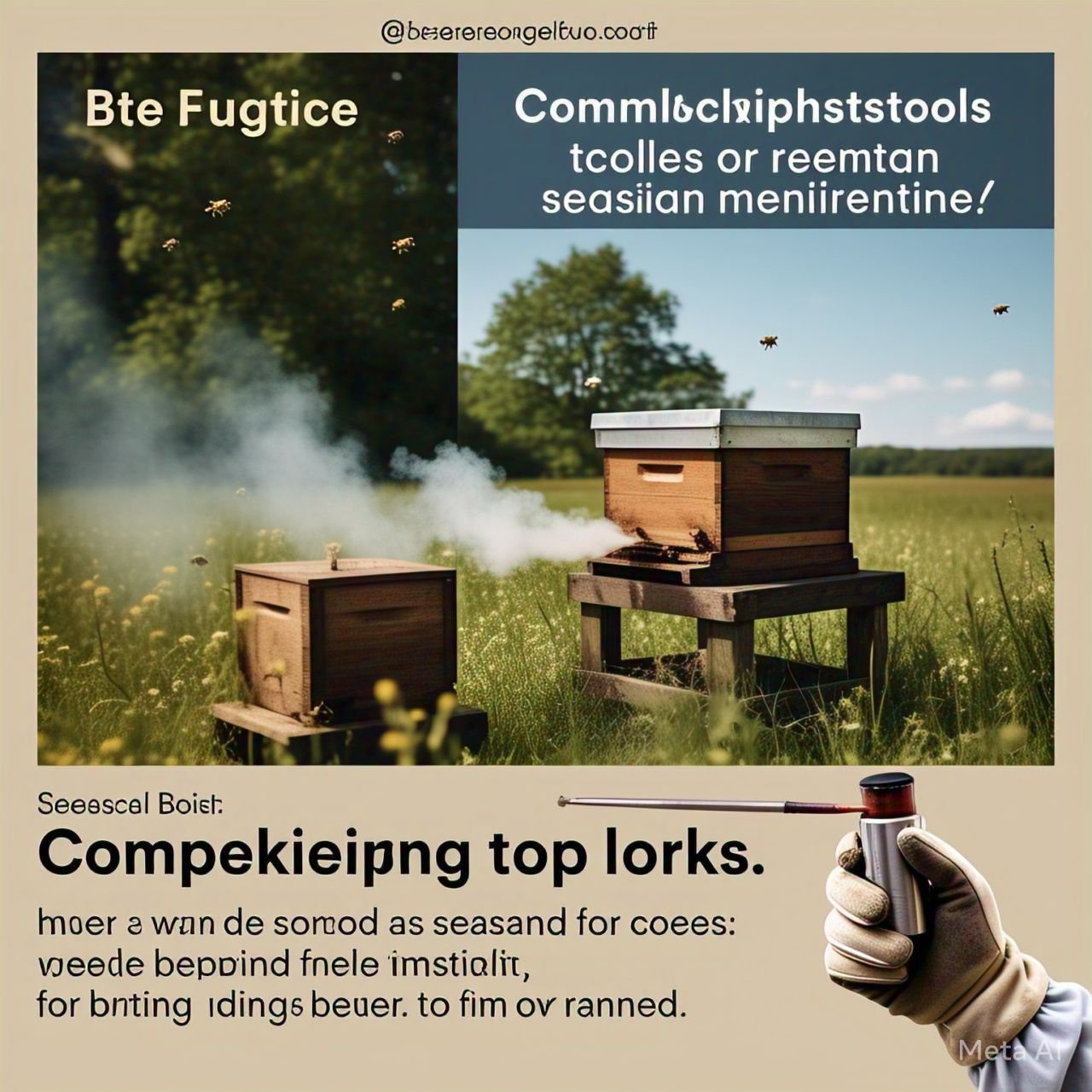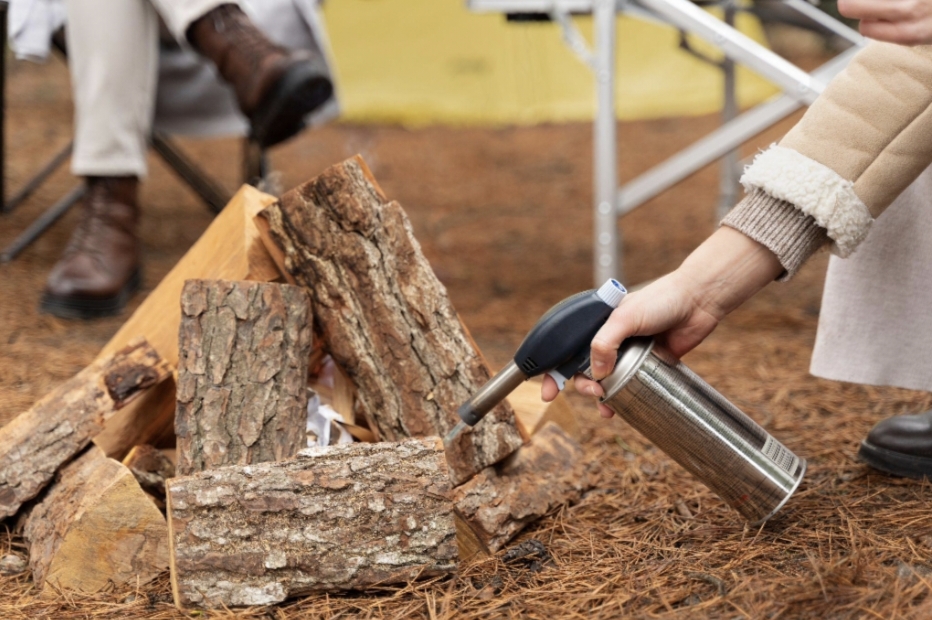Beekeeping is a rewarding practice that requires careful hive management throughout the year. Different seasons bring unique challenges, and using the best beekeeping tools ensures that your colonies stay healthy and productive. Whether you’re preparing for the spring nectar flow, harvesting honey in the summer, or winterizing your hives, having the right beekeeping equipment is essential. In this guide, we’ll explore the must-have tools for every season and how they contribute to effective hive maintenance.
Essential Beekeeping Equipment for Every Season
Before diving into seasonal care, it’s crucial to have a well-stocked beekeeping tool kit. The following tools are essential for year-round hive management:
- Hive Tool – A multipurpose tool used for prying apart hive components, removing frames, and scraping propolis and wax buildup.
- Bee Smoker – Helps calm bees during inspections and reduces aggressive behavior.
- Protective Gear for Beekeepers – A beekeeping suit, gloves, and veil are essential for safety.
- Bee Brush – Gently moves bees off frames without harming them.
- Frame Gripper – Assists in lifting frames without disturbing the hive too much.
- Queen Marking Kit – Helps track the queen’s movement and identify her easily.
- Varroa Mite Testing Kit – Essential for monitoring and managing mites to prevent infestations.
- Honey Harvesting Equipment – Includes an extractor, uncapping knife, and strainer for collecting honey.
Now, let’s break down the beehive maintenance tools you’ll need for each season.
Spring Beekeeping Preparation: Getting Your Hive Ready
Spring is a critical time for hive inspections and colony expansion. As temperatures rise, bees become more active, and it’s essential to ensure they have the necessary resources to thrive.
Spring Beekeeping Checklist:
- Hive Inspection Tools – Use a hive tool and smoker to check colony health and remove any dead bees or debris.
- Frame Feeder or Sugar Syrup Feeder – If natural nectar sources are scarce, feeding bees with sugar syrup helps them build strength.
- Protective Gear – Essential for safe handling, as bees may be defensive after a long winter.
- Varroa Mite Testing Kit – Check for mite infestations early to prevent colony collapse.
- Queen Excluder – Helps manage brood placement and ensures an efficient hive layout.
Spring Tip: Conduct a full inspection using hive inspection tools to assess the queen’s laying pattern, brood health, and overall hive activity.
Summer Hive Management: Tools for Healthy Colonies
Summer is the peak season for bee activity, honey production, and swarming behavior. Proper beekeeping equipment ensures smooth hive management.
Essential Summer Beekeeping Tools:
- Swarm Trap or Swarm Lure – Helps capture swarming bees and prevent colony loss.
- Queen Catcher and Marking Kit – Useful for marking new queens and preventing unintended queen loss.
- Honey Harvesting Equipment – An extractor, uncapping knife, and strainers make honey collection efficient.
- Bee Smoker and Hive Tool – Essential for inspecting hives without agitating the bees.
- Pollen Trap – Collects excess pollen for later use or supplementation.
Summer Tip: Ensure proper hive ventilation by using beehive maintenance tools like screened bottom boards to prevent overheating.
Fall Beekeeping: Preparing for Cooler Weather
As temperatures drop, beekeepers must prepare their hives for winter. This involves reducing hive entrances, ensuring sufficient food stores, and managing pests.
Fall Beekeeping Tools Checklist:
- Mouse Guards – Prevent rodents from entering the hive during cold months.
- Hive Wraps and Insulation Materials – Helps maintain internal hive temperature.
- Feeding Tools (Sugar Syrup, Fondant, or Pollen Substitute) – Ensures bees have enough food for winter survival.
- Mite Treatment Kits – Essential for controlling mite infestations before winter.
- Seasonal Beekeeping Checklist – Keeps track of hive conditions and necessary pre-winter preparations.
Fall Tip: Conduct a final hive inspection using hive inspection tools and ensure bees have enough stored honey to last through winter.
Winterizing Your Beehive: Tools for Cold Weather Care
Winter is a time for minimal hive intervention, but some beekeeping tools are essential to ensure your colony’s survival.
Winter Maintenance Tools:
- Moisture Control Materials (Absorptive Pads, Quilts, or Ventilation Boxes) – Prevents condensation buildup inside the hive.
- Hive Strap or Weight – Secures the hive against strong winter winds.
- Winter Feeder – Provides emergency food in case honey stores run low.
- Temperature Sensor or Hive Scale – Monitors hive conditions without opening the hive.
- Insulated Hive Covers – Helps regulate internal temperatures during extreme cold.
Winter Tip: Avoid frequent hive disturbances; instead, monitor hive weight and external activity to gauge colony health.
Conclusion
Seasonal hive maintenance is crucial for a thriving beekeeping operation. By using the best beekeeping tools and best beekeeping gloves, beekeepers can efficiently manage their hives throughout the year, ensuring colony health and maximum honey production. Whether it’s hive inspection tools for spring, honey harvesting equipment for summer, or beehive maintenance tools for winter, investing in quality gear—including durable gloves for protection—leads to a successful and enjoyable beekeeping experience.
Are you prepared for the next season? Make sure your beekeeping tool kit is fully stocked with essential equipment, including the best beekeeping gloves, to keep your hands safe and your hives thriving. Happy beekeeping.





